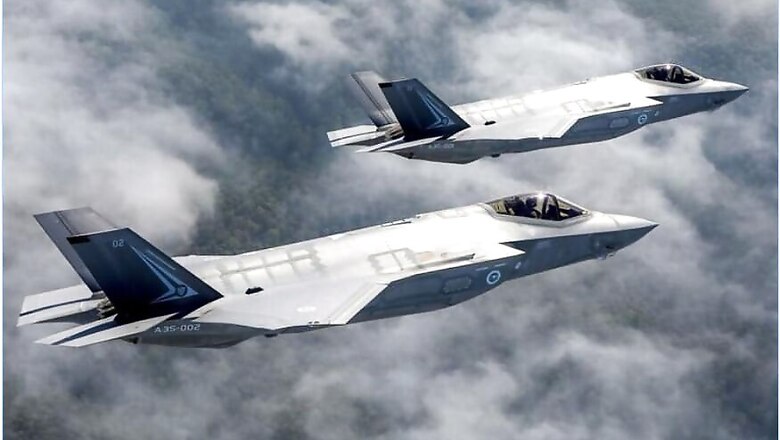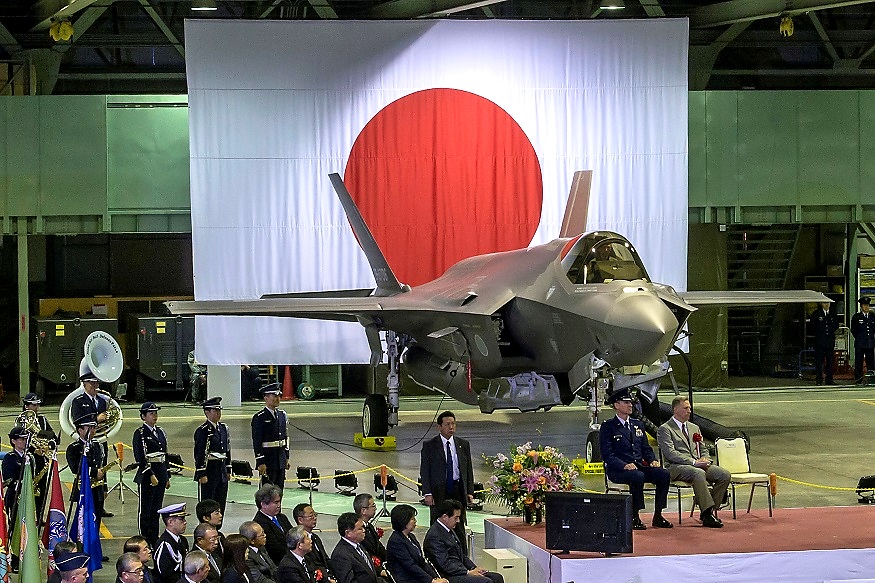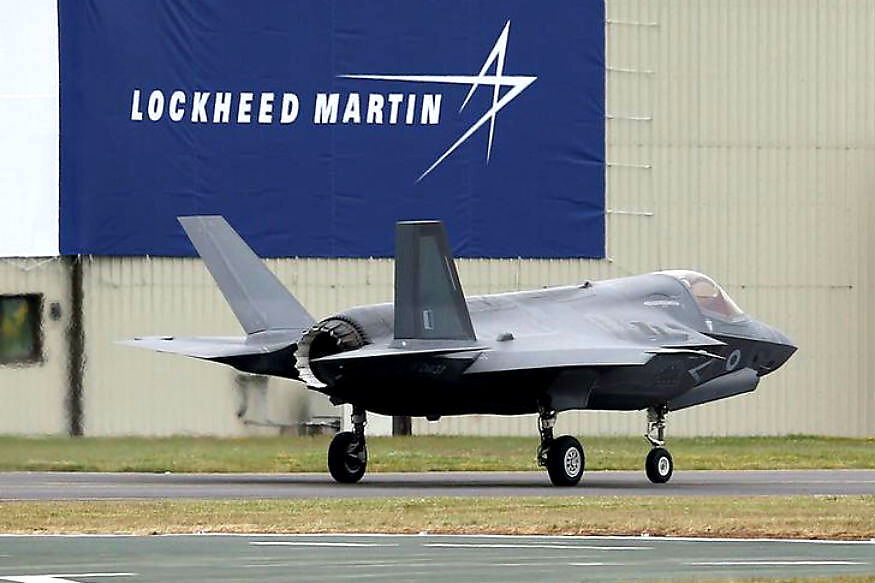
views
The F-35 Lightning II that crashed recently was one of a growing global fleet of advanced 'stealth' aircraft sold to U.S. allies, and the first to be assembled in Japan. There are already about twice as many copies of the F-35 flying as there are of its older brethren, the F-22 Raptor, and many times more than non-Western competitors such as the Russian Su-57 and China's J-31 and J-20.
The plane is designed to be fast, but not the fastest; nimble, but not the most nimble. Its main advantages, according to its manufacturer, Lockheed Martin, are being nearly impossible to track with radar, and being packed with advanced sensors and other gear.
Plagued by a lengthy development and a lifetime cost of more than $1 trillion, it has only recently begun flying operationally. Despite other problems - including ejector seats that were dangerous for small pilots, and finicky software - it has a strong safety record, with only two crashes, including the Japanese air force’s F 35.
It comes in three variants: the A model, meant for use on conventional airfields; the B model, which has vertical takeoff and landing capability; and the C model, for use on aircraft carriers. The aircraft lost in Pacific Ocean was an A model.
CAPABILITIES
The F-35 is powered by the Pratt and Whitney F135, an engine developed specifically for the programme; all three variants use it. With more than 40,000 pounds of thrust, according to the manufacturer, it can propel the F-35 to speeds of about Mach 1.6 (1,200 mph; 2,000 kph).
Other, older aircraft are faster; both the F-16 and F-15, which Japan also flies, can both exceed Mach 2, or twice the speed of sound, according to the Federation of American Scientists.
Unlike the F-22, the F-35 does not have in-flight thrust vectoring, in which the jet nozzles can swivel and help the aircraft turn faster.
But the F-35 has control surfaces - its tail's vertical and horizontal stabilizers - that are larger than some smaller aircraft's wings. That, and advanced flight computers, allow the plane to manoeuvre at speeds in which other planes would simply fall out of the air, according to Lockheed Martin.
The Lightning II's biggest selling point is its ability to evade enemy radar. How stealthy it is, is not public; its radar cross-section - the size it "appears" on a radar scope - is a heavily guarded secret.
Alongside that is a sensor system designed to vacuum up information about the airspace around the F-35 without giving up its position. Tiny cameras mounted around the plane can project a real-time 360-degree picture of the world for night operations, the manufacturer says.

OPERATORS
The U.S. military, with more than 200 F-35s and thousands more on the way, is the biggest user. Other nations that have bought, or plan to buy, the F-35 include Japan, South Korea, Australia, Singapore, Turkey, Italy, Great Britain and Israel.
Britain and Japan are two of the biggest foreign buyers, with plans to acquire hundreds of the fighters.
Only the United States and Israel have used them in combat.
SAFETY
Crashes or unsafe operating characteristics, however, have not been among the aircraft's problems. Since its first flight, there has been only one previous crash: in September 2018 in South Carolina.
The pilot ejected safely in that incident, which involved the vertical takeoff and landing B model.
Investigators said that crash was likely linked to faulty fuel tubes in the engine, and the global fleet was grounded until the issue was fixed.

CRITICISMS
The F-35 was selected for production in 2001 after a competition against Boeing. But its first flight did not occur until 2006, and it did not enter service until 2015, when the U.S. Marine Corps declared it ready for combat.
Its development was marred with issues, some of them bizarre: because it uses fuel to cool hot parts of the aircraft, fuel in some climates must be kept cool before it is pumped onboard, a Pentagon report found in 2016.
But the biggest shortfall, critics say, is that it is simply too expensive. In 2012, the Pentagon estimated the lifetime cost for the F-35 at more than $1.5 trillion over 50 years - by far the most expensive aircraft program in U.S. history.
Germany in January dropped the F-35 from the running to replace its ageing fleet of Tornado jets, telling lawmakers in a classified document this week that the decision was in part the result of the high cost of operating the jet over its lifetime.


















Comments
0 comment